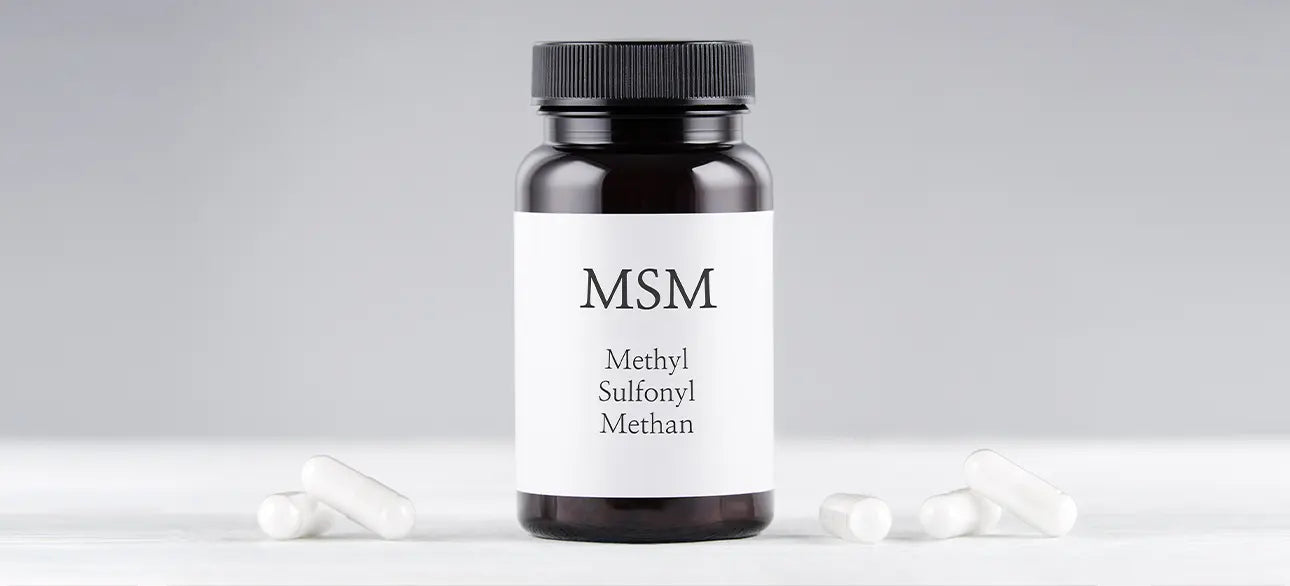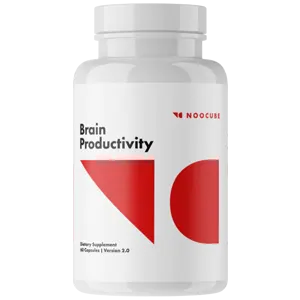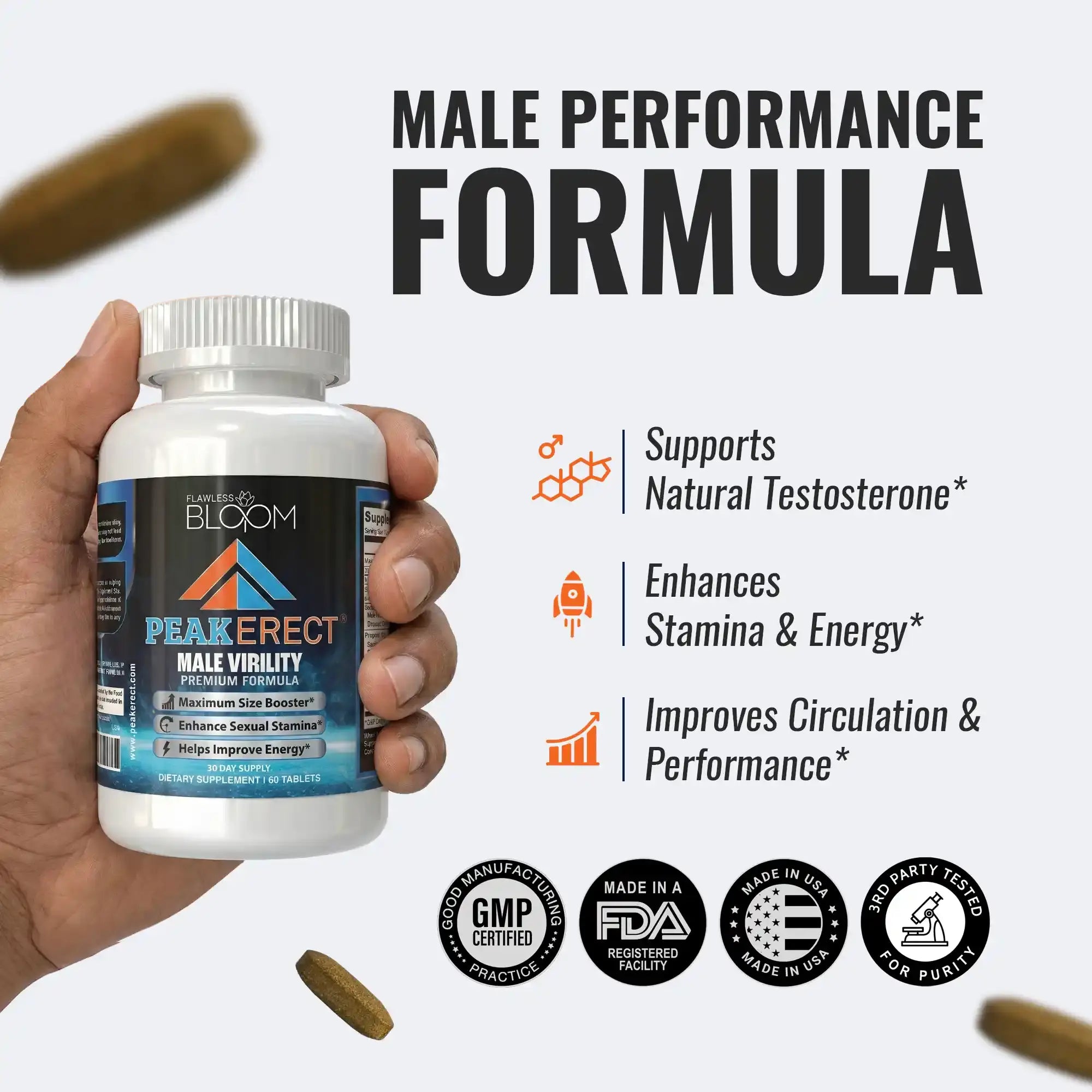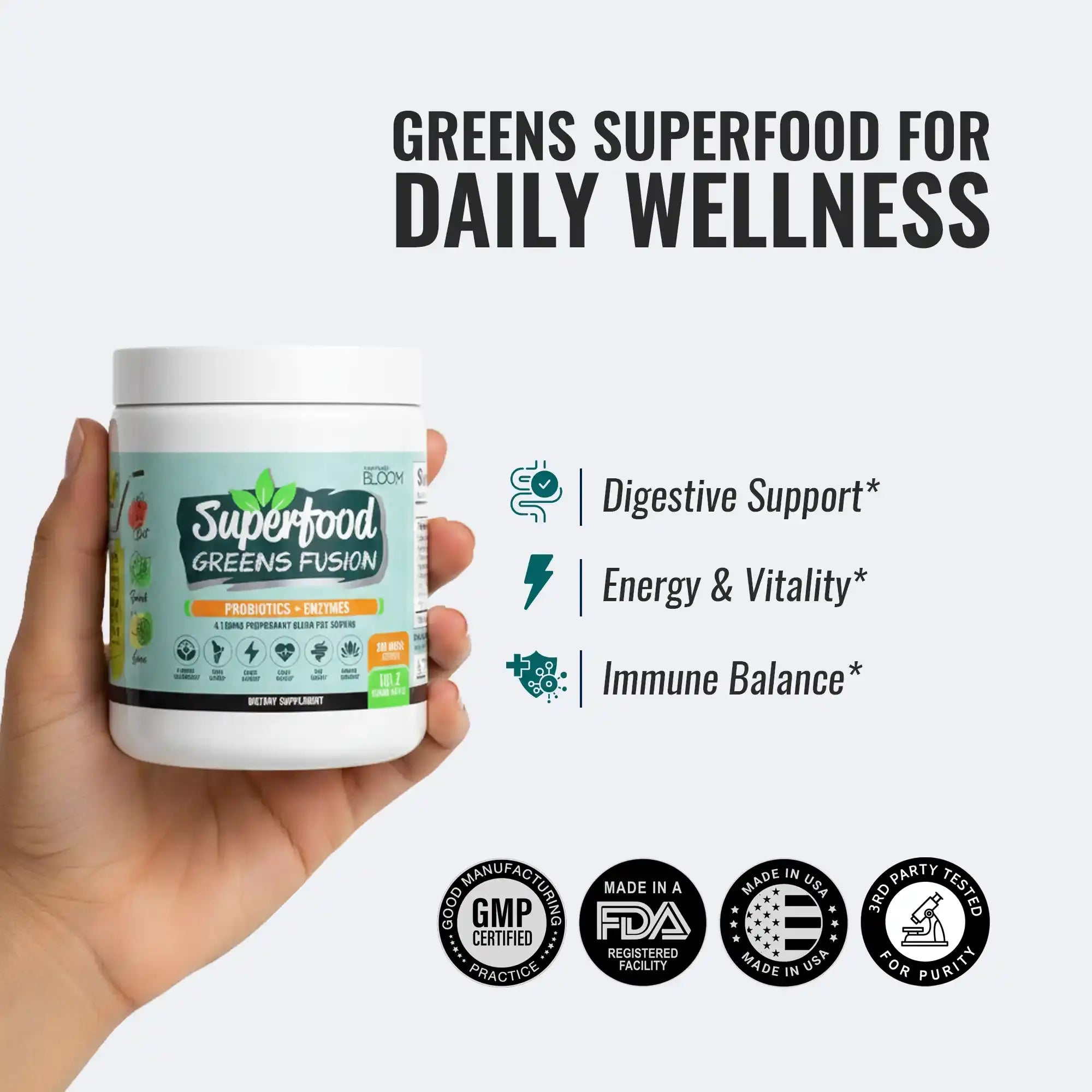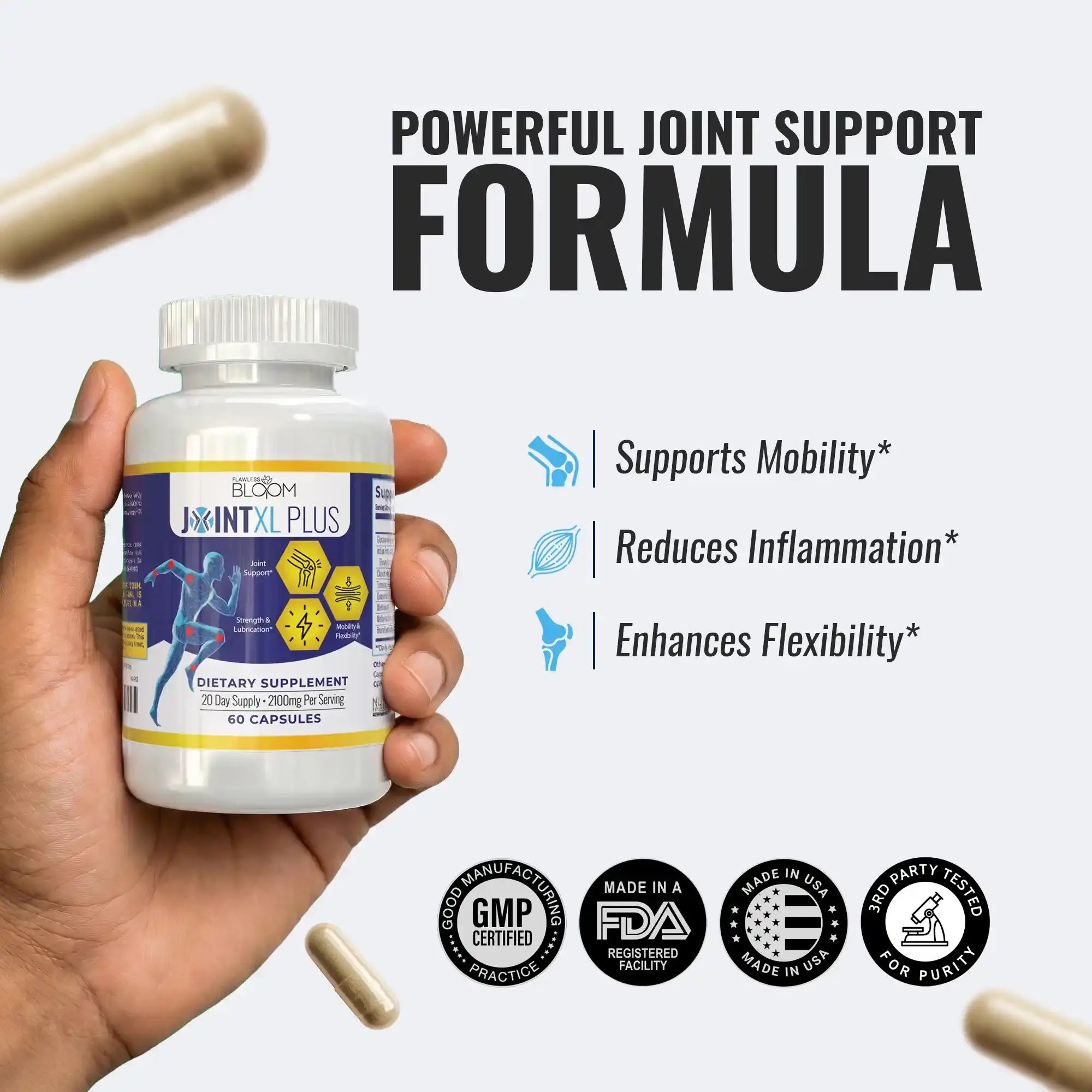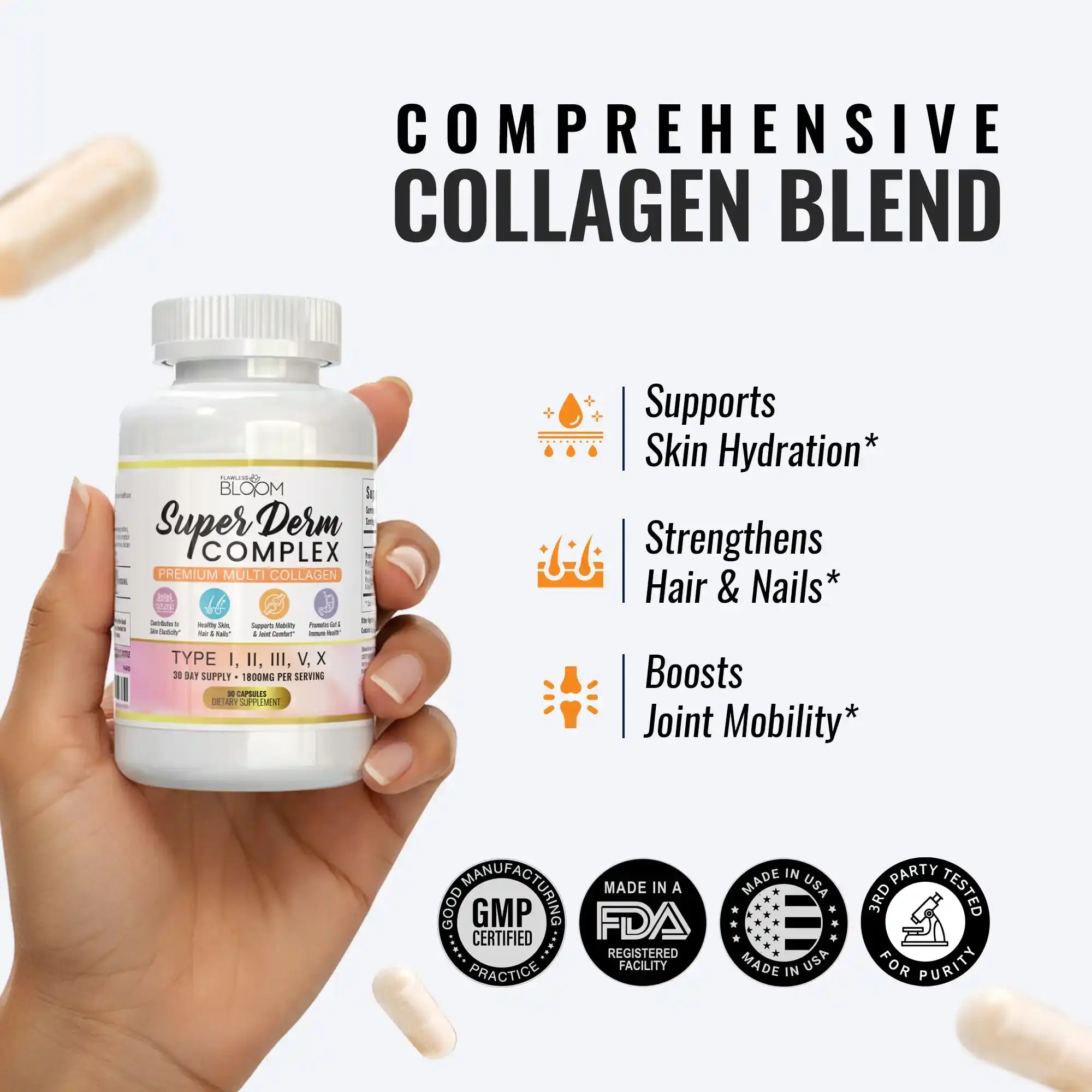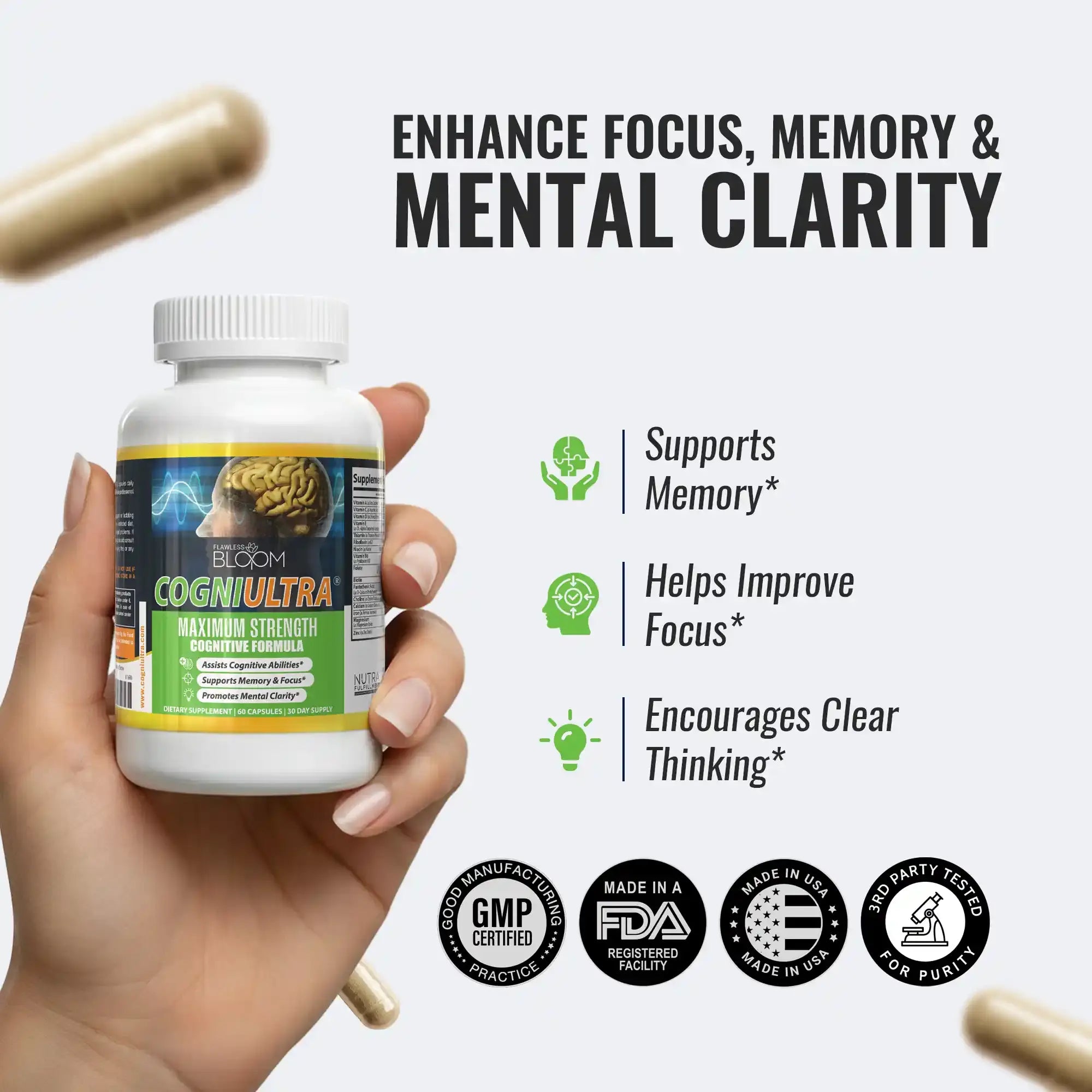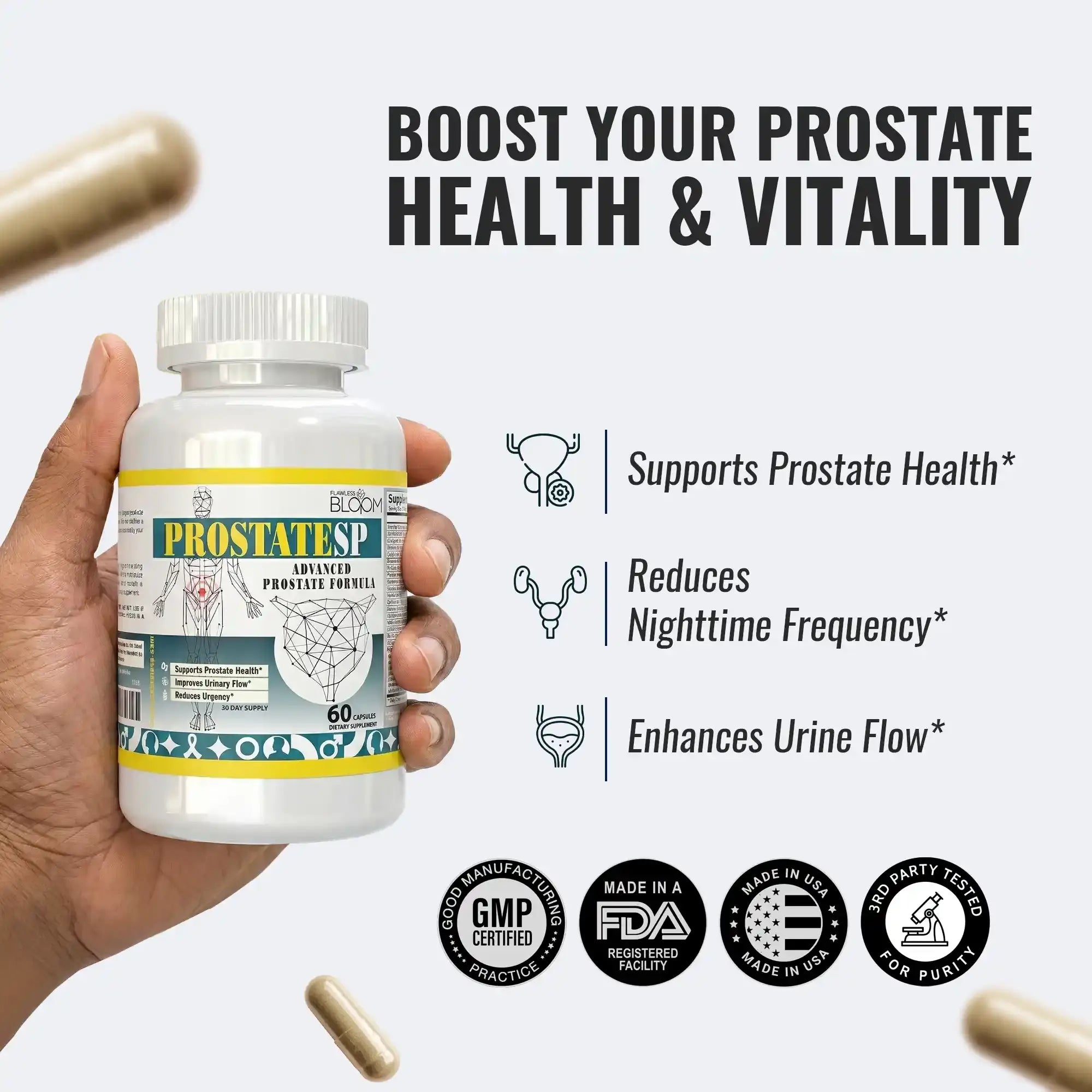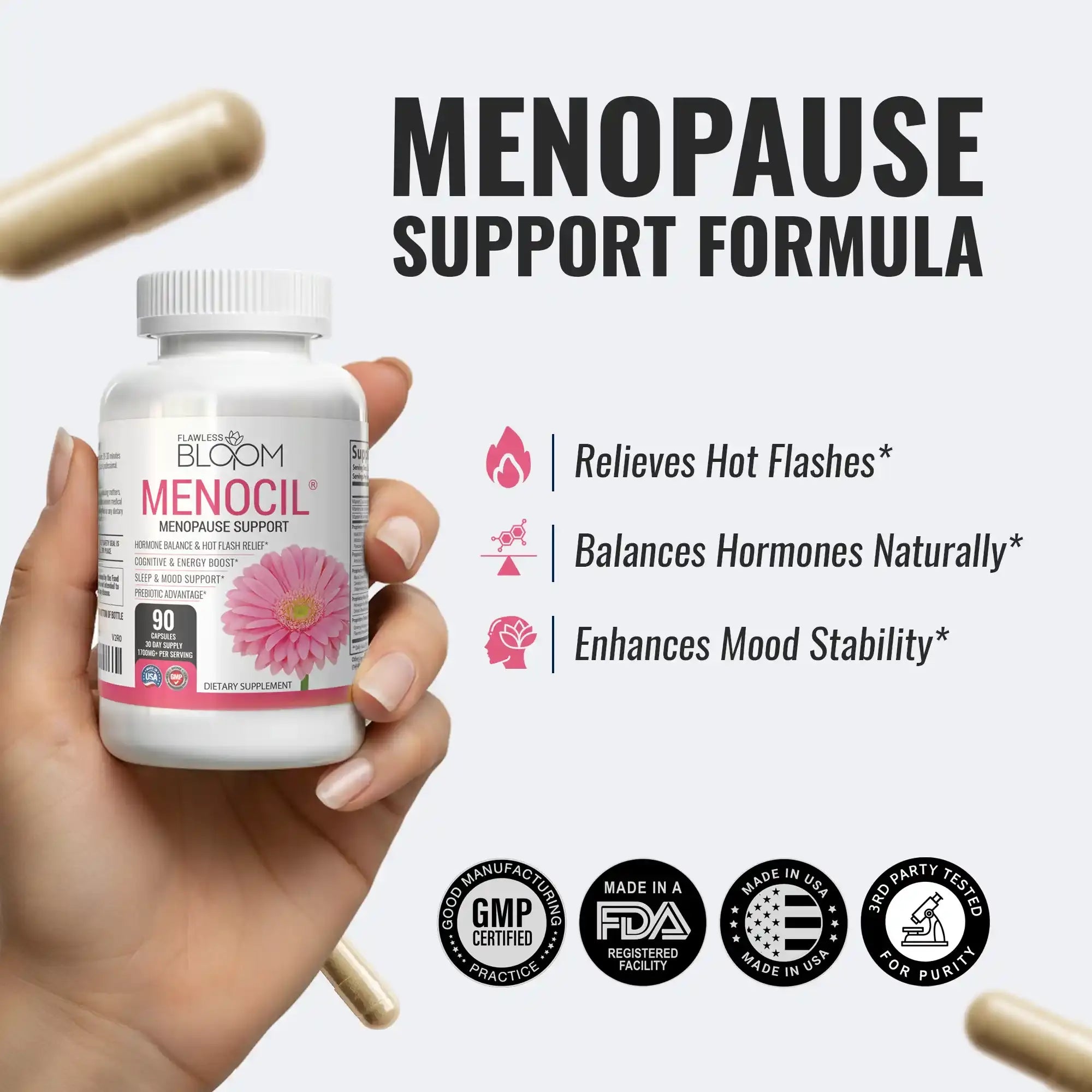The Best Time to Take Omega-3s for Maximum Absorption, According to Experts
Experts share the optimal time to take Omega-3s for maximum absorption. Learn how to boost your heart, brain, and joint health by timing your Omega-3 intake right for the best results.
Advertiser Disclosure: We independently select all the products. If you click through links we provide, we may earn a commission.

Omega-3 fatty acids are also known as heart-healthy fats, and they are polyunsaturated fatty acids with different health benefits.
It is a crucial nutrient that helps reduce the level of triglycerides in your blood. Omega-3 also helps with the proper functioning of the brain and the cardiovascular system. In addition to lowering blood pressure and supporting the cardiovascular system, it also helps to alleviate joint inflammation.
As a brain health supplement, Omega-3 can play a vital role in enhancing cognitive function and memory. Thanks to these amazing benefits, the demand for omega-3 dietary supplements is on the rise.
However, as beneficial as these supplements are, there are rules to abide by to ensure maximum absorption. A few of these rules are proper timing and method of intake. These two factors can influence the effectiveness of omega-3 in your body system.
This article will explore the best time to take Omega-3 and how to absorb Omega-3 better. As a brain health supplement, Omega-3 can play a vital role in enhancing cognitive function and memory.
Understanding Omega-3 Absorption
The key to understanding how to maximize Omega-3 benefits is knowing the different types of Omega-3 fatty acids. These are the types of Omega-3s you should know:
Eicosatetraenoic Acid (EPA)
Eicosatetraenoic Acid (EPA) is a type of omega-3 fatty acid that is present in cold-water fatty fish such as salmon. In addition, it is present in fish oil supplements alongside docosahexaenoic acid. Similar to other fatty acids, EPA can help reduce the risk of heart disease.
Having more Eicosatetraenoic Acid in your diet can be a great way to improve coronary heart disease, inflammation, high blood pressure, and high triglycerides. Also, an increased intake of EPA can help reduce the risk of Type 2 diabetes.
DHA Docosahexaenoic Acid
Same as EPA, Docosahexaenoic acid is also an omega-3 fatty acid found in cold water fatty acids like salmon. It is present in fish oil supplements together with eicosapentaenoic acid. Individuals on a vegetarian diet can get DHA from seaweed.
Docosahexaenoic acid is needed in infants, especially within their first 6 months. It is essential to help their eyes, brains, and nervous system develop. It is present in breast milk and infant formula. It is an active component in fish and is available in lower quantities in eggs and meat.
Aside from helping with brain development in infants, it also helps with brain maintenance in adults. DHA deficiency is related to cognitive decline in adults.
ALA Alpha-Linolenic Acid
Alpha-linolenic acid is also a fatty acid and is present in plant foods like flaxseed, vegetable oils, canola, soybean oils, and walnuts. In addition, it is also known to help synthesize the eicosatetraenoic acid and docosahexaenoic acid in the body.
It is a rich source of energy and supports the brain, blood vessels, heart, lungs, endocrine system, and immune system. Being an essential fatty, it plays a significant role in maintaining blood cholesterol levels and children's growth and development.
Absorption Process
The absorption process is similar in all fatty acids. The pancreatic lipase breaks them down and then adds into micelles with bile salts for absorption within the intestinal lining into the enterocytes. Next, they are delivered into chylomicrons to be moved into the bloodstream through the lymphatic system.
Optimal Timing for Omega-3 Intake
Should you take Omega-3 with food? Or even take it night or day? There is no fixed omega-3 supplement timing. You can take it anytime, depending on how convenient you find it.
However, some factors affect the absorption of omega-3 fatty acids irrespective of when you take them. These are the following things to adhere to for optimal absorption:
Take with Food
Irrespective of when you decide to take your omega-3 supplement, the best time to take omega-3 is during mealtime. You can take it with breakfast, lunch, and dinner.
The most important thing is ensuring the meal is rich in dietary fat. Foods for brain health, such as avocados, nuts, seeds, eggs, milk, yogurt, and bread, are great options to pair with omega-3 supplements.
When you take omega-3 supplements with foods rich in dietary fat, it increases bioavailability and also ensures optimal absorption. In addition, taking omega-3 may help improve side effects like indigestion and acid reflux.
 Take with Food
Take with Food
Do not take Omega 3 with High-fiber meals
In general, high-fiber meals help to aid digestion; however, it is advisable not to consume them together with omega-3 as fiber can affect its absorption.
This is because fiber from food can bind fats into the digestive tract, and this way, the body won’t have the chance to fully absorb them.
Common high-fiber foods to be mindful of include:
- Beans and lentils
- Whole grains like oats, barley, and brown rice
- Vegetables such as broccoli, Brussels sprouts, and carrots
- Fruits like apples, pears, and berries
- Nuts and seeds
Therefore, it is not always recommended to take both omega-3 supplements and fiber meals to prevent any interactions.
Consistency
The best way to ensure optimal absorption of omega-3 fatty acids is by staying consistent. Find the most convenient time for you and stick to it.
For instance, if you are comfortable with taking the supplement every morning with breakfast, then continue with it. However, the best time for you is to have it with you for lunch or dinner before you go to bed.
Irrespective of when you decide to take the supplement, ensure it becomes a routine you will be consistent with.
During our research, we came across a WellnessMessiah video that provides valuable insights on the best time to take Omega-3s to ensure maximum absorption.
According to Dr Andrew Greenland,
Omega-3 fatty acids are essential not only for cardiovascular health but also for brain health. Consistent intake, especially with meals rich in dietary fats, can significantly enhance the benefits, supporting everything from heart function to cognitive clarity.
Factors Influencing Omega-3 Efficacy
Aside from knowing the best time to take Omega-3, there are other factors to take seriously if you want to know how to absorb omega-3 better.
Supplement Freshness
Omega-3 supplements are prone to lipid oxidation as a result of exposure to air, light, heat, and other metals. Lipid oxidation can affect the efficacy of omega-3 by altering its benefits and flavors.
According to a randomized controlled trial published by Cambridge University Press, high-quality fish oil can help reduce the concentration of LDL (bad cholesterol) .
In contrast, an oxidated fish oil supplement does the opposite.
To prevent oxidation, you must replace your supplement every three to four months to keep your supplies fresh.
Storage Conditions
One of the best ways to maintain the potency of your supplements is to store them properly. Always store your omega-3 supplements in a cool, dry place, especially when they are omega-3 capsules.
However, if it is in the form of a liquid oil, it is advisable to store it in a refrigerator; that way, they are less prone to oxidation. Other tips to follow can include:
- Store them in an air-tight container
- Avoiding temperatures above 30°C
- Not storing them in freezers, as they can become brittle
- Not storing them in a bathroom
Dietary Interactions
Omega-3 fatty acids' interaction with certain nutrients can hinder its efficacy. As mentioned earlier, consuming high-fiber food and omega-3 fatty acids together will lower its efficacy. In addition, excessive consumption of omega-6 fatty acids can affect the efficacy of omega-3 fatty acids.
Expert Recommendations
Irrespective of the supplement you are adding to your routine, ensure you consult healthcare providers. This will help avoid dietary interactions which can be harmful to you. In addition, you must follow a dosage to ensure optimal absorption. When considering a brain supplement, the right dosage is equally important for achieving the desired cognitive benefits.
However, it is important to note that dosage can be different depending on gender and health condition. These are a few recommended dosages you can follow:The American Heart Association recommends 2-3g per day to help lower blood pressure and a minimum of 250–500 mg of DHA and EPA daily for healthy adults.
Another study recommends 1.103 grams/day to help reduce phenotypic age acceleration.
Conclusion
Getting the best out of your Omega-3 supplements requires that you follow certain practices. Some of these practices include proper storage, staying consistent with the supplement, and ensuring you only keep a fresh supply of omega-3 supplements.
In addition to these practices, you also need to understand the best time to take Omega-3 to maximize the health benefits of these supplements.
Also, you will be able to avoid dietary interactions when you don’t combine them with meals containing nutrients like fiber.
Lastly, while Omega-3s are good for helping lower blood pressure, there are also other supplements you can explore.
FAQs
References
Flawless Bloom has strict sourcing policies and relies on primary sources such as medical organizations, academic institutions, governmental agencies, and peer-reviewed scientific journals. Read more about how we ensure our content is accurate, thorough, and unbiased by reading our editorial process.
- Omega-3 Fatty Acids and Heart Health: https://www.ahajournals.org/doi/10.1161/circulationaha.114.015176
- Eicosapentaenoic acid (EPA): https://www.mountsinai.org/health-library/supplement/eicosapentaenoic-acid-epa
- Docosahexaenoic acid (DHA): https://www.mountsinai.org/health-library/supplement/docosahexaenoic-acid-dha
- Health benefits of docosahexaenoic acid (DHA): https://pubmed.ncbi.nlm.nih.gov/10479465/
- Omega-3 (Alpha-linolenic acid): https://www.hsis.org/a-z-food-supplements/omega-3-alpha-linolenic-acid/
- Strategies to improve bioavailability of omega-3 fatty acids from ethyl ester concentrates: https://pubmed.ncbi.nlm.nih.gov/30550388/



